What works for teaching children whose home languages are not
Por um escritor misterioso
Descrição
Around 20% of school pupils in England have home languages other than English, yet their teachers feel under-prepared to meet their learning needs.Multilingualism is an asset, but the effort of needing to learn English at the same time as understanding the curriculum in English means that these pupils do not always do as well in school as their monolingual peers. Moreover, funding for teacher development for teaching multilingual pupils is very limited and the National Curriculum in England does not account for multilingual pupils in its guidance.
Choice of Languages in Instruction One Language or Two? - Alejandro Brice, Celeste Roseberry-McKibbin, 2001

Home languages in school - why are they important?

When to actually worry that your kid still can't read - Today's Parent

PDF) Developing Literacy in Second-Language Learners
Used Book in Good Condition Highlight, take notes, and search in the book

Many Languages, One Classroom: Teaching Dual and English Language Learners
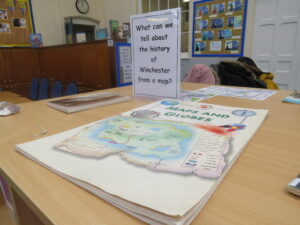
What Works for Teaching Children Whose Home Languages are not English? - Centre for Literacy and Multilingualism

International Mother Language Day: UNESCO calls on countries to implement mother language-based education
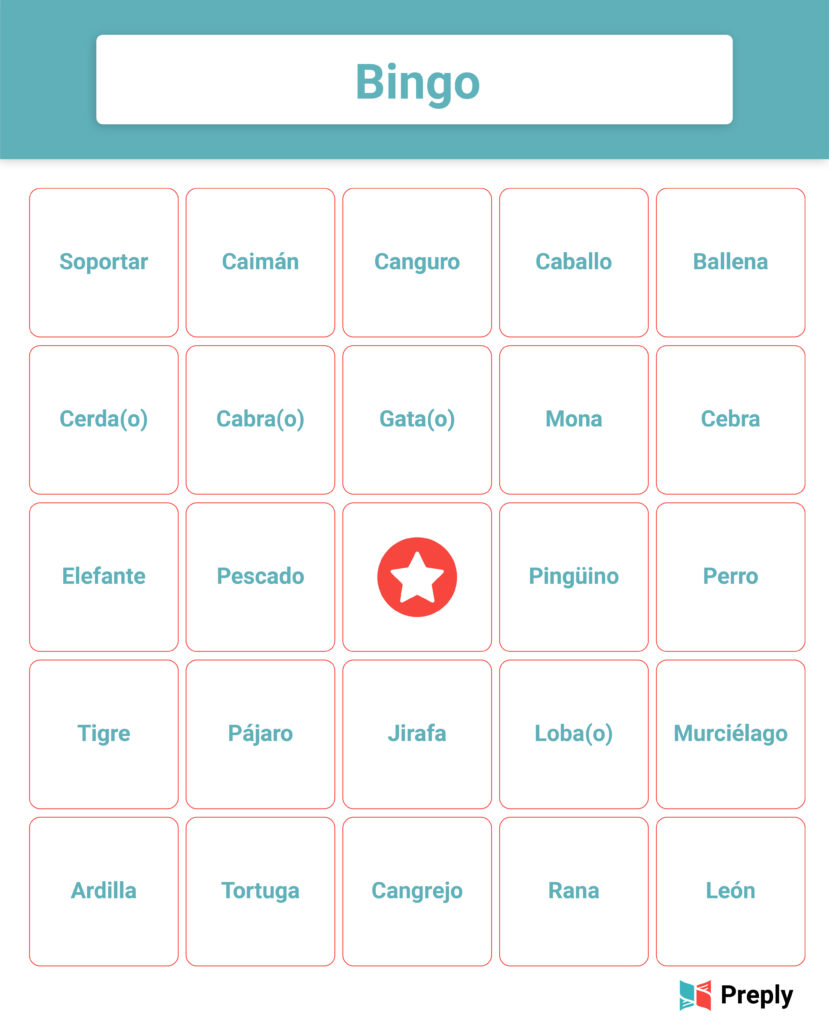
16 Language Learning Games & Activities: Fun & Effective

Response: ELL Students' Home Language Is an Asset, Not a 'Barrier' (Opinion)
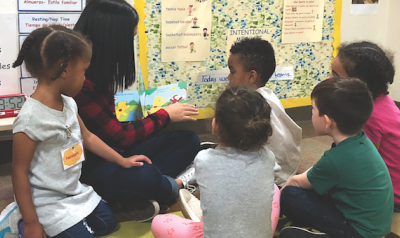
Many Languages, One Classroom: Supporting Children in Superdiverse Settings
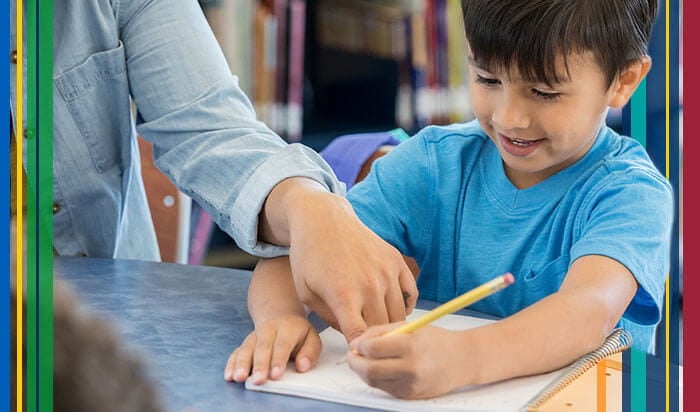
Innovative strategies for teaching English language learners
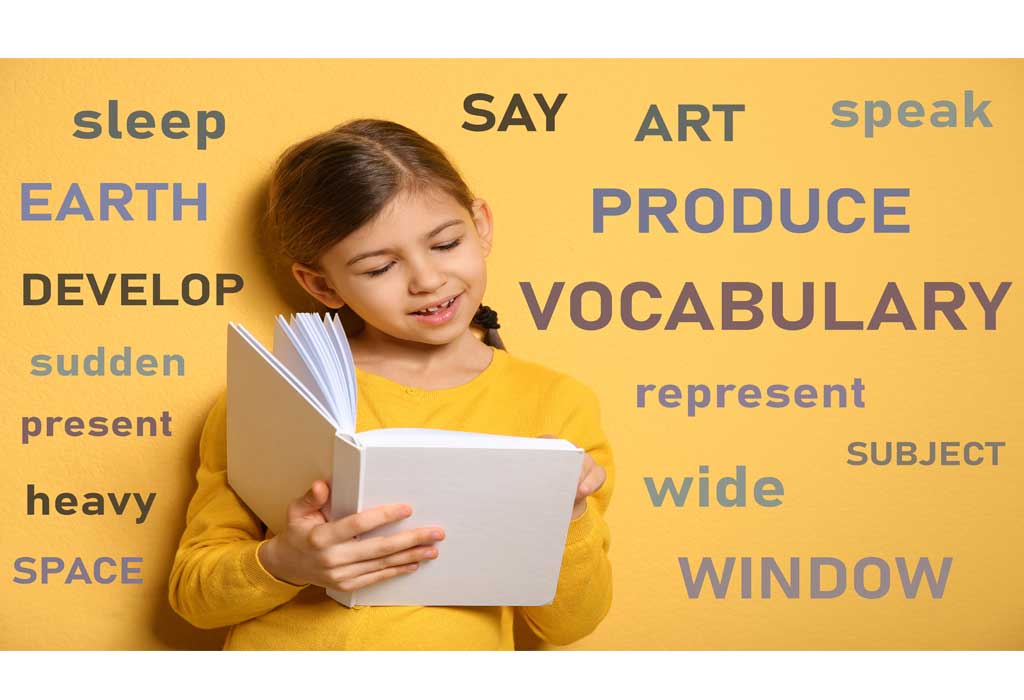
Easy Vocabulary Words For Classes 1, 2 & 3 Children To Learn
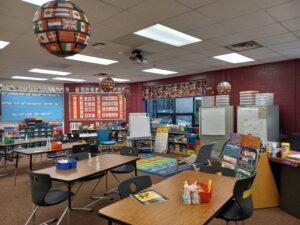
What Works for Teaching Children Whose Home Languages are not English? - Centre for Literacy and Multilingualism
de
por adulto (o preço varia de acordo com o tamanho do grupo)







